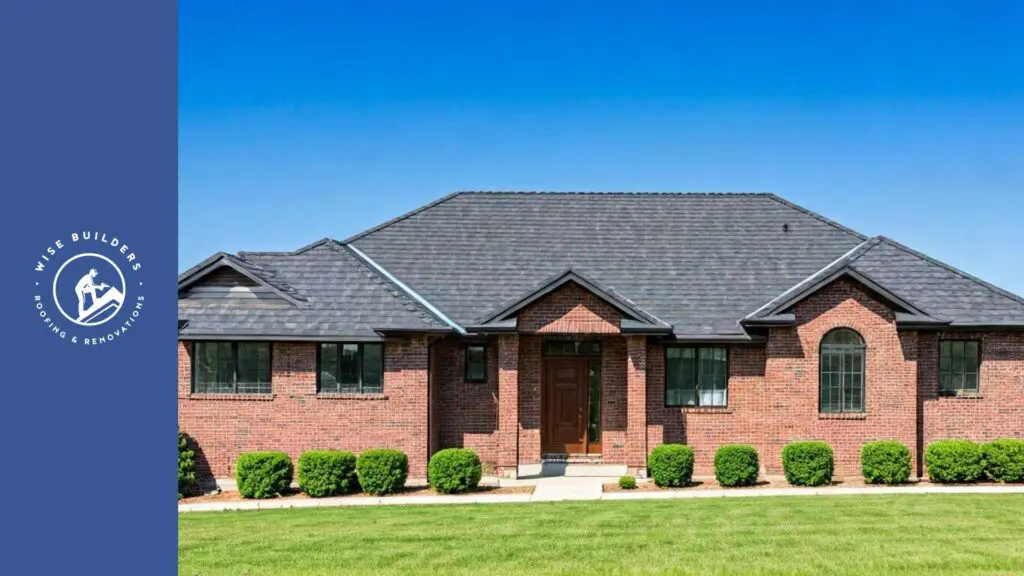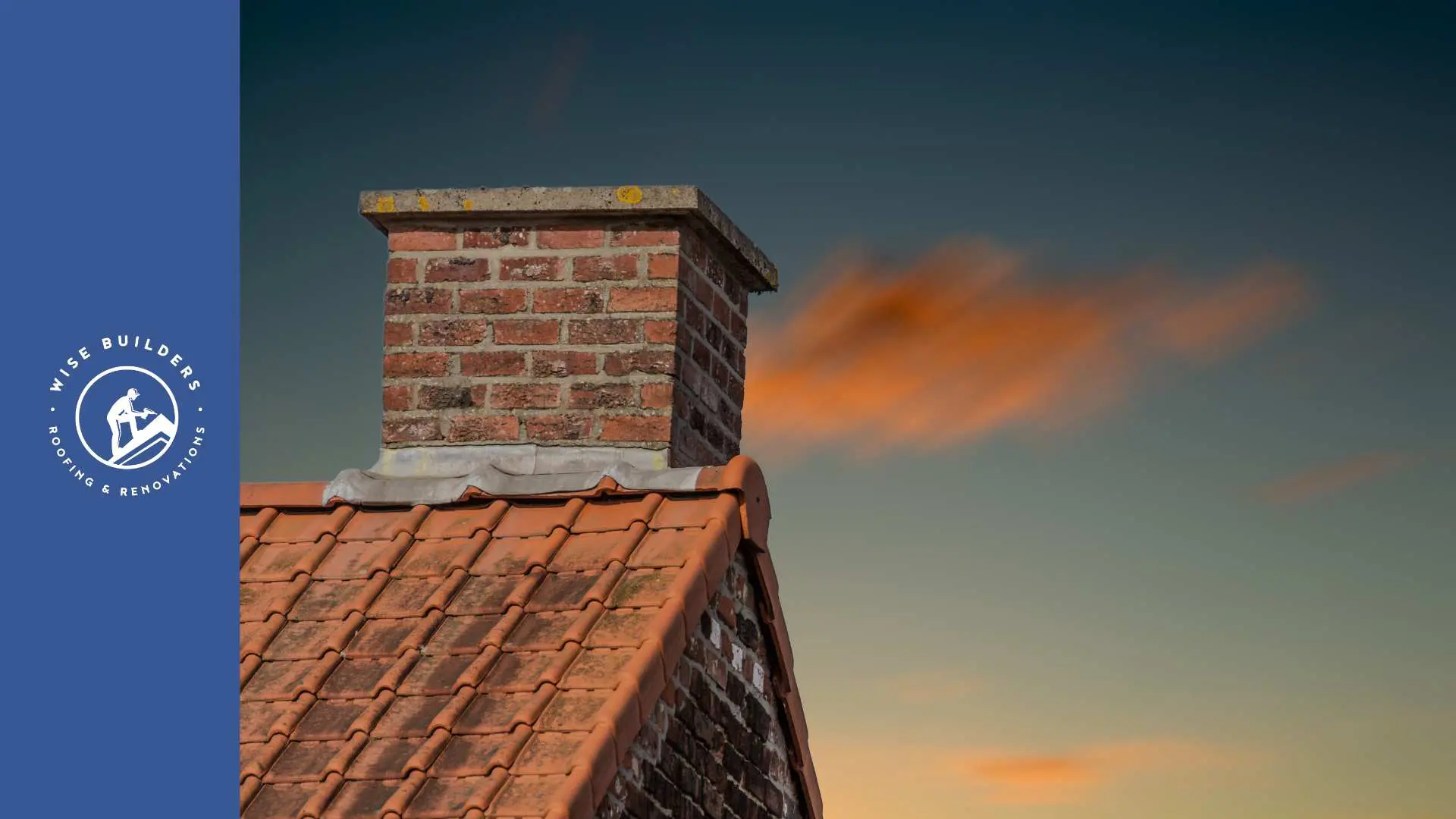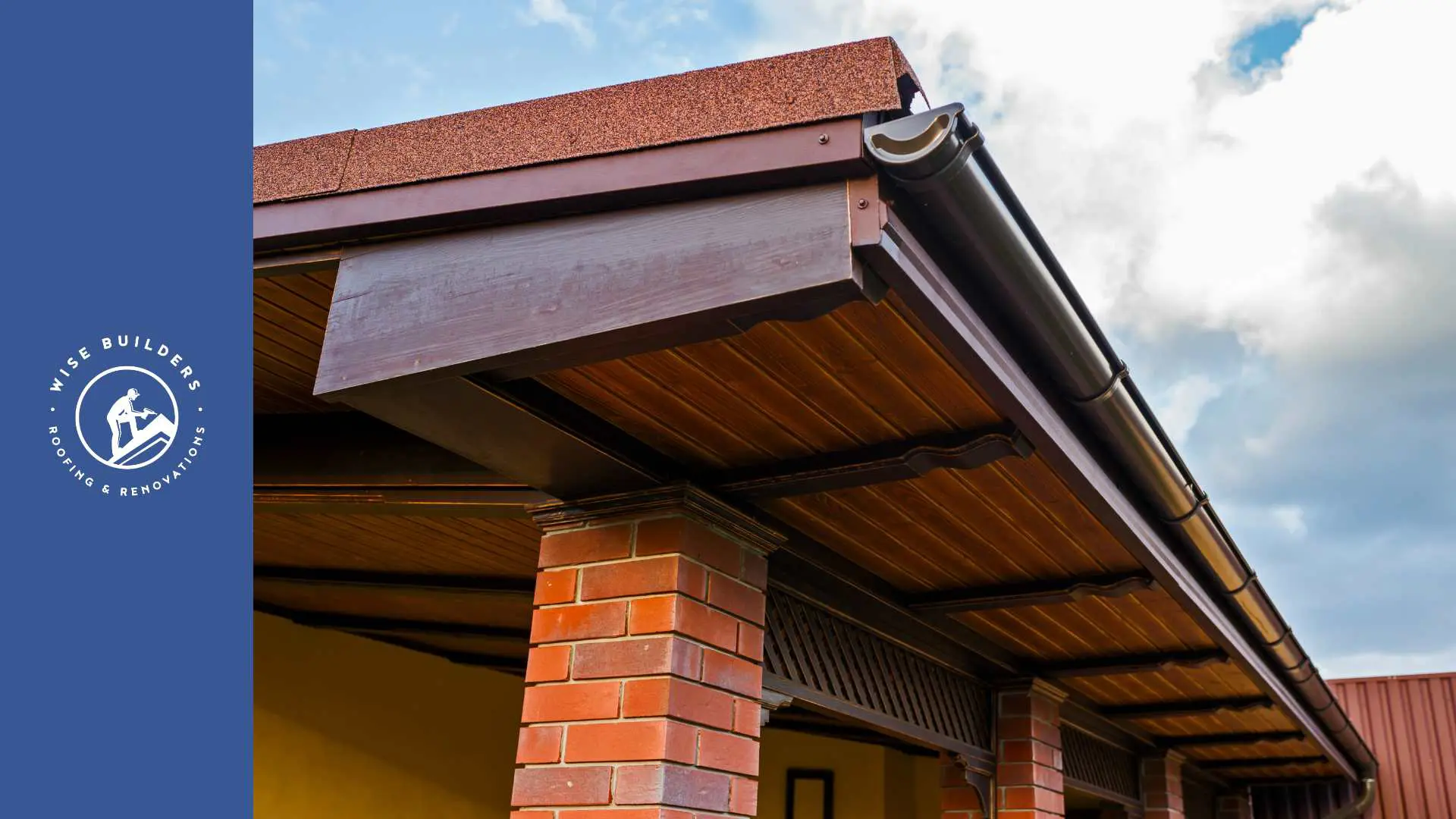
Key Highlights
- Filing a roof claim on your homeowners insurance can potentially lead to an increase in your premium.
- The extent of the increase is influenced by factors such as your claim history, the cost of the claim, and your insurance provider’s policies.
- Investing in high-quality roofing materials and ensuring proper installation can mitigate the risk of future damage and potentially lower your premiums in the long run.
- It’s essential to communicate with your insurance provider about your roof replacement, providing them with all the necessary documentation.
- To mitigate premium increases, consider the long-term savings of durable roofing materials and choose reputable contractors for quality assurance.
Introduction
Homeowners insurance is a crucial aspect of protecting your property, and understanding how your insurance premium might be affected by a roof replacement is essential. While a new roof can enhance your home’s safety and value, it’s natural to wonder about the impact on your insurance costs. This comprehensive guide will explore the factors influencing insurance rate changes after a roof replacement, helping you make informed decisions.
Understanding Homeowners Insurance Rate Changes Post Roof Replacement
After replacing your roof, it’s common to see some adjustments to your homeowners insurance premium, including your home insurance premium. This isn’t necessarily a cause for concern, as insurance companies, including your insurance carrier, assess risk and adjust rates accordingly. A new roof often translates to reduced risk for certain types of damage, which could lead to a more favorable premium.
However, some factors might lead to a slight increase in your insurance premium. Understanding these factors can help you anticipate potential changes and make informed decisions about your coverage.
Factors Influencing Insurance Premiums After Roof Work
Your insurance policy is subject to various factors that determine your premium, and a roof replacement introduces new variables into the equation. The age and condition of your previous roof play a crucial role. If your old roof was significantly deteriorated and posed a higher risk, replacing it with a new one signals a positive change to your insurer.
Moreover, the type of roofing material you choose significantly impacts your premium. Insurance companies consider the durability and resilience of different materials when assessing risk. Opting for a robust and long-lasting roofing material can contribute to lower premiums.
Additionally, the overall value of your home and the cost of replacement materials in your area are factored into the equation. Insurance companies use these factors to determine the potential cost of future claims, leading to adjustments in your premium.
Typical Percentage Increase in Premiums
Pinpointing an exact percentage increase in homeowners insurance premiums after a roof replacement is challenging, as it varies based on individual circumstances and the insurer. However, it’s helpful to have a general idea. In some instances, a new roof may not lead to any increase or could even result in a slight decrease, especially if the old roof was in poor condition.
Conversely, if your previous roof was relatively new and in good condition, you might experience a higher rate increase due to the increased value of your property.
| Factor | Potential Impact on Premium |
|---|---|
| Old Roof in Poor Condition | No increase or a decrease |
| New Roof, Higher Value | Moderate Increase |
| Multiple Claims History | Significant Increase |
It’s important to remember that insurance rates are not solely determined by your roof. Factors like your claims history, location, and deductible choices also play a significant role in determining your homeowners insurance premium.
The Impact of Roof Material and Quality on Insurance Costs
The choice of roofing material for your replacement roof can significantly impact your homeowner’s insurance costs. Insurance companies carefully evaluate the material’s durability, fire resistance, and resistance to wind and hail damage.
Selecting high-quality, durable materials, while potentially a more significant upfront investment, may lead to lower insurance premiums due to the reduced risk of future claims.
Comparison of Different Roofing Materials
When choosing a new roof, consider the impact different materials can have on your insurance premiums. For instance, asphalt shingles, a popular and affordable option, typically provide moderate durability and wind resistance. Metal roofing, recognized for its exceptional durability and longevity, often results in lower insurance rates due to its ability to withstand harsh weather conditions.
Tile roofs, prevalent in regions prone to wildfires, are highly fire-resistant and often qualify for discounts. When selecting a roofing material, It’s essential to consult with a qualified roofing contractor. They can provide insights into the best materials for your area and help you understand their impact on your home’s value and insurance premiums.
By considering the type of roof, its durability, and its overall impact on the value of your home, you can make an informed choice that balances both aesthetics and insurance costs.
How Roof Quality Affects Risk Assessment by Insurers
Roof quality is a crucial factor in an insurance provider’s risk assessment. A well-maintained roof, constructed with durable materials and adhering to building codes, generally signifies lower risk. This is because a roof in good condition is less likely to experience problems that could lead to claims.
Furthermore, a quality roof can contribute to your home’s overall safety and structural integrity, further reducing the likelihood of issues like water damage, mold growth, or even roof collapse during severe weather events. This added layer of protection provides peace of mind for both you and your insurance company.
When insurers evaluate risk, they consider the likelihood of future claims and their potential cost. By investing in a high-quality roof, you demonstrate a commitment to maintaining your property and minimizing risks, potentially leading to more favorable insurance terms.
Case Studies: Real-Life Examples of Insurance Adjustments After Roof Replacements
Exploring real-life examples can provide practical insights into how insurance adjustments work after roof replacements. Let’s examine a couple of scenarios: one highlighting positive outcomes and another emphasizing the potential downsides of overlooking crucial aspects.
By analyzing these situations, homeowners can gain a better understanding of the factors at play and how their choices regarding roofing materials and installation can influence their insurance premiums.
Positive Outcomes with Premium Roofing Materials
Consider a homeowner who decided to replace their aging asphalt shingle roof with a new metal roof. While the initial investment was higher, the long-term benefits outweighed the upfront costs. Due to the metal roof’s exceptional durability and resistance to wind damage, the homeowner qualified for a lower rate on their homeowners insurance.
Additionally, the insurance company recognized the reduced risk of future claims associated with a metal roof, contributing to further savings. The homeowner now enjoys the peace of mind that comes with a durable and well-insured roof.
This scenario showcases how investing in premium roofing materials can lead to both immediate and long-term benefits, making it a financially sound decision in the long run.
Negative Experiences Due to Poor Installation
In contrast, let’s examine a case where a homeowner opted for a less reputable contractor to replace their roof to save money. Unfortunately, due to improper installation, the roof began experiencing leaks after a few months. This led to water damage inside the home, prompting an insurance claim.
While the insurance covered the damage, the homeowner’s premium increased significantly due to the claim. The insurer attributed the issue to a lack of maintenance and the increased risk associated with the poorly installed roof.
This situation highlights the importance of choosing a qualified and experienced roofing contractor. Cutting corners on installation can lead to costly repairs, higher premiums, and potential disputes with your insurance company.
How to Communicate with Your Insurance Provider About Roof Replacement
Communicating effectively with your insurance provider about your roof replacement is crucial. Before initiating the replacement, contact your insurance agent to discuss your plans and gather information about potential impacts on your policy.
Transparency and timely communication help avoid misunderstandings and ensure you have the appropriate coverage during and after the replacement process.
Essential Documents to Prepare
Before contacting your insurance provider, gather all essential documents related to your homeowners insurance policy. This may include your policy documents, any previous communication about your roof, and if applicable, documentation of previous insurance claims related to your roof.
Additionally, having detailed information about your roof replacement is crucial. This includes quotes from contractors, outlining the scope of work, materials used, and estimated costs. Providing these details to your insurer ensures transparency and helps them assess the impact of the replacement on your policy.
Remember, maintaining thorough records of your communication with your insurance provider is essential. Keep copies of emails, notes from phone calls, and any other relevant documentation.
Timing Your Communication Effectively
Timing is key when communicating with your insurance agent about a roof replacement. Ideally, initiate the conversation before committing to a contractor or setting a start date. This allows ample time for your insurer to review your plans, explain potential coverage implications, and advise on documenting the process.
Waiting until after the replacement might lead to complications, especially if unforeseen issues arise during the project. Effective communication fosters a collaborative relationship with your insurance provider. It demonstrates your diligence as a homeowner and helps avoid surprises or disputes regarding your coverage.
Remember, your insurance agent is there to assist you. By engaging in open and timely communication, you can navigate the roof replacement process smoothly, ensuring you have appropriate insurance coverage every step of the way.
Strategies to Mitigate Increased Insurance Premiums
While some increase in your insurance premium after a roof replacement might be unavoidable, several strategies can help mitigate the impact. One effective approach is to focus on the long-term savings associated with durable roofing materials.
By choosing materials known for their longevity and resistance to damage, you reduce the likelihood of future claims, ultimately leading to potential savings on your premium.
Long-term Savings vs. Short-term Expenses
When deciding on a roof replacement, balancing long-term savings with short-term expenses is crucial. While opting for less expensive roofing materials might seem appealing initially, it can lead to higher maintenance costs and a shorter lifespan, potentially increasing your insurance premium in the long run.
Investing in high-quality, durable materials, while potentially requiring a more significant upfront investment, can lead to significant long-term savings. These materials often come with extended warranties, reducing the risk of out-of-pocket expenses for repairs.
Furthermore, by choosing a durable roof, you minimize the likelihood of future insurance claims, which can help stabilize your insurance premium over time. Remember, a roof is a significant investment, and opting for quality can pay off in the long run.
Choosing the Right Contractor for Roof Replacement
Selecting the right contractor for your roof replacement is paramount for both quality assurance and potential insurance benefits. A reputable and experienced roofing contractor adheres to building codes, uses high-quality materials, and provides meticulous installation, minimizing the risk of future issues.
When interviewing potential contractors, ask for proof of insurance, including liability coverage and workers’ compensation. This protects you from liability if any accidents or damage occur during the project.
Furthermore, inquire about workmanship warranties and guarantees. A contractor who stands behind their work gives you confidence in the quality of the roof replacement and provides recourse if problems arise.
Conclusion
In conclusion, understanding how roof replacement affects homeowners insurance rates is essential for informed decision-making. Factors such as roof material, quality, and proper communication with your insurance provider play a crucial role in determining premium adjustments. By selecting premium roofing materials and engaging in effective communication, you can mitigate potential increases in insurance costs. Choosing a reputable contractor and preparing necessary documents can further aid in managing expenses. Keep these strategies in mind to ensure a smooth transition post-roof replacement and maintain a balance between long-term savings and short-term expenses.
At Wise Builders, We ensure our clients receive the best possible outcomes. Our commitment to quality workmanship and customer satisfaction is unwavering, making us the top choice for residential Roofing services in our community.
Frequently Asked Questions
Will my insurance always increase after replacing the roof?
No, not always. While several factors influence homeowners insurance rates, replacing an old or damaged roof with a new one may not always result in an insurance increase. In some instances, it may lead to a decrease or no change.








